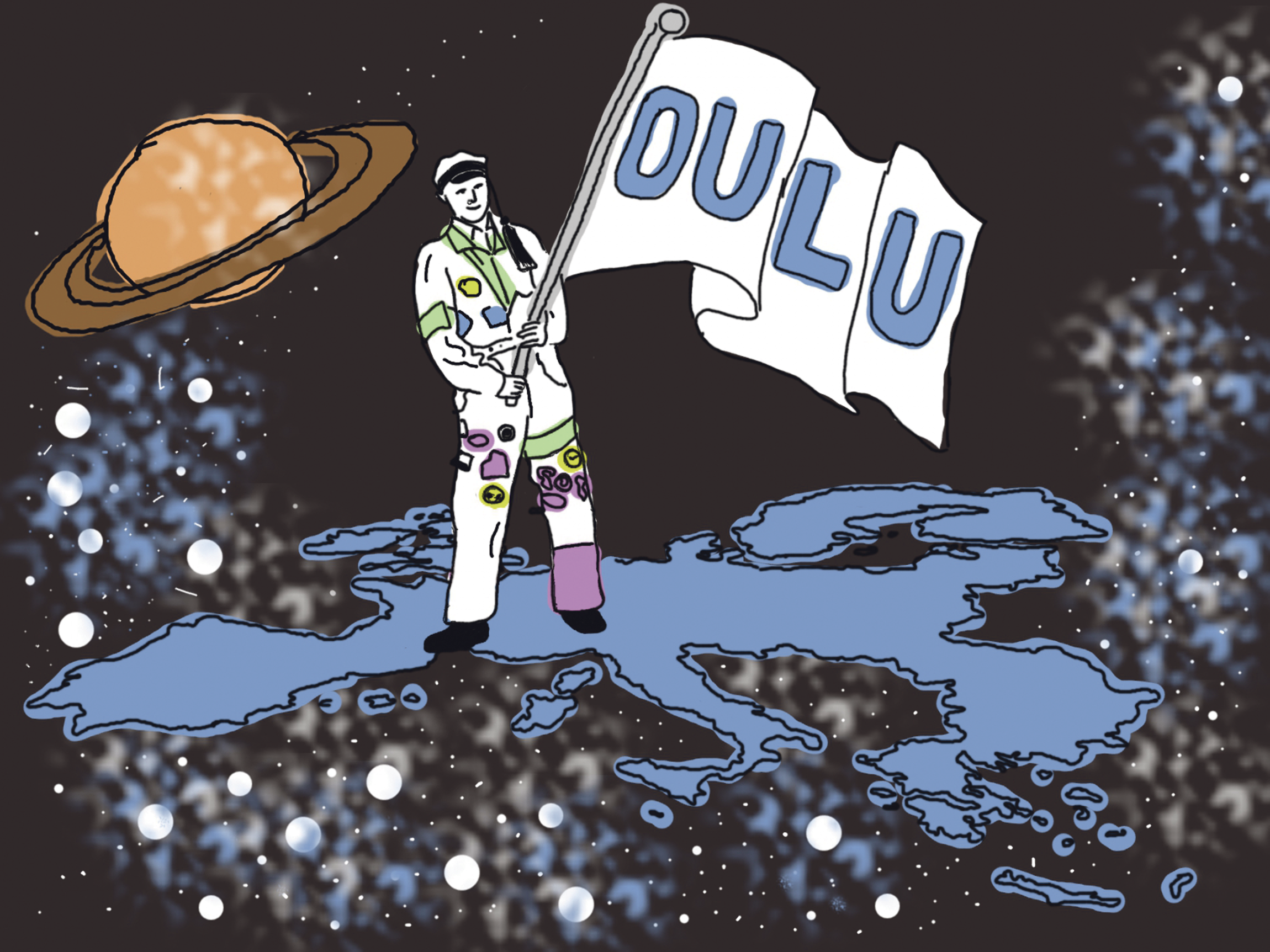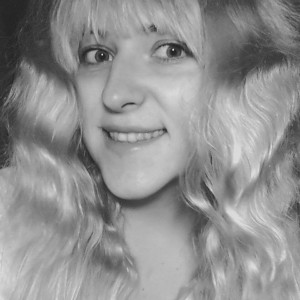We asked Juergen Schmidt, Professor of Astronomy at the University of Oulu, how the university happened to become part of a NASA mission.
“I have been working with Sascha Kempf (a research associate at the Laboratory for Atmospheric and Space Physics, LASP, at the University of Colorado) for a long time in the team of the Cosmic Dust Analyser instrument on board the ESA/NASA Cassini spacecraft at Saturn,” said Schmidt.
“After Kempf had accepted a position at LASP, I became a Co-investigator of his proposal to NASA for the development and building of SUDA for future space missions. This instrument was recently selected by NASA for the forthcoming Jupiter mission.”
This exciting collaboration between the Faculty of Science of the University of Oulu and LASP of the University of Colorado is an obvious advantage of internationalization, fully supported by the administration of both universities. Just to understand the scale of the project we will tell you that in 2016 NASA will spend 30 million dollars to formulate the mission to Europa. It has already selected nine science instruments (and SUDA is one of them) to investigate whether the mysterious icy moon could harbour conditions suitable for life.
“This is a giant step in our search for oases that could support life in our own celestial backyard,” said Curt Niebur, Europa program scientist at NASA Headquarters in Washington.
“We’re confident that this versatile set of science instruments will produce exciting discoveries on a much-anticipated mission.”
Another interesting fact about this project is that students can make their contribution too.
“Students from the University of Oulu can participate in this project”, confirms Schmidt.
“I will begin to formulate tasks of Bachelor’s and Master’s theses related to the dust instrument on the mission. Besides, students may have an opportunity to do their doctoral studies in this context.”
According to Professor Schmidt, working on the international projects of this kind is an excellent reference for students, which can boost their chances in first-class research institutions. And for Finland it might be a good boost too, for its scientific recognition globally.


